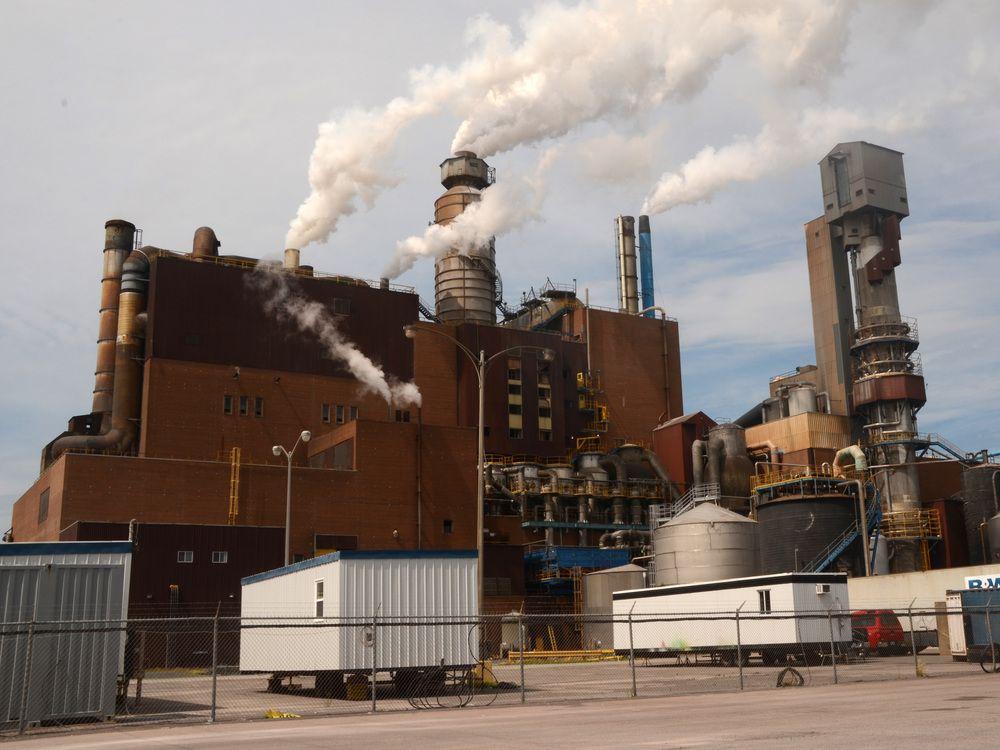The Washington State Department of Ecology has announced a $2.3 million fine against a recently closed pulp mill for multiple environmental violations. The penalties come after investigations revealed that the facility failed to comply with state environmental regulations, resulting in significant harm to local ecosystems. This enforcement action highlights the department’s ongoing commitment to holding industrial operators accountable, even after operations cease, to protect Washington’s natural resources.
Closed Pulp Mill Faces Record Fine for Environmental Violations in Washington State
The Washington State Department of Ecology has imposed a $2.3 million fine on a recently closed pulp mill, citing multiple environmental violations that occurred during its final years of operation. The facility, which ceased activities last year, was found responsible for illegally discharging untreated wastewater and failing to adhere to stringent air quality standards. Officials emphasized that these actions posed significant risks to local ecosystems, particularly impacting nearby waterways and wildlife habitats.
Key violations identified include:
- Unauthorized discharge of chemical pollutants into the Hood Canal
- Exceeding permissible levels of airborne sulfur compounds
- Lack of proper environmental monitoring and reporting
The Department of Ecology underscored its commitment to holding polluters accountable, even after operations have ceased, to ensure environmental restoration efforts are prioritized. Below is an overview of the penalty breakdown issued for each type of violation:
| Violation | Fine Amount |
|---|---|
| Water Discharge | $1,200,000 |
| Air Quality | $800,000 |
| Monitoring & Reporting | $300,000 |
Investigation Reveals Key Compliance Failures and Long-Term Ecological Impact
The recent investigation into the now-closed pulp mill uncovered significant compliance shortcomings that contributed to persistent environmental degradation. Authorities identified multiple violations, including improper waste disposal, failure to monitor discharge levels, and lack of timely reporting to regulatory bodies. These breaches not only contravened state environmental protocols but also posed serious risks to water quality and local ecosystems.
Key findings of the investigation:
- Continuous release of untreated effluents into adjacent waterways
- Insufficient maintenance of pollution control equipment
- Inadequate employee training on environmental standards
- Delayed notification to the Department of Ecology following incidents
Long-term ecological assessments reveal lasting impacts on aquatic species diversity and habitat quality. Restoration efforts are projected to require extensive monitoring and community involvement over the next decade to reverse the damage sustained during the mill’s operational years.
| Environmental Issue | Impact | Projected Recovery Time |
|---|---|---|
| Water Pollution | Decline in fish populations | 8-10 years |
| Soil Contamination | Reduced soil fertility | 5-7 years |
| Air Emissions | Elevated particulate matter | 3-4 years |
Regulators Urge Stronger Monitoring and Enhanced Cleanup Measures to Prevent Future Damage
State regulators are intensifying their calls for more rigorous oversight following the recent $2.3 million fine imposed on the closed pulp mill. Officials emphasize that without enhanced monitoring, latent environmental hazards could persist and escalate. The Department of Ecology is advocating for the implementation of continuous water and soil quality assessments to detect contaminants before they inflict irreversible damage to local ecosystems.
Key components of the proposed cleanup strategy include:
- Installation of advanced sensor technology to track pollutant levels in real-time
- Expanded groundwater remediation efforts to address legacy pollution
- Regular public reporting to maintain transparency and community engagement
- Comprehensive ecological restoration to rehabilitate affected aquatic habitats
| Monitoring Measure | Target Area | Timeline |
|---|---|---|
| Sensor Deployment | Nearby river systems | Within 6 months |
| Soil Sampling | Mill site perimeter | Quarterly |
| Water Quality Reports | Community access points | Bi-monthly |
In Retrospect
The hefty $2.3 million fine imposed on the closed pulp mill underscores Washington State’s commitment to enforcing environmental regulations and holding polluters accountable, even post-closure. As the Department of Ecology continues to monitor former industrial sites, this case serves as a stark reminder of the lasting environmental responsibilities companies face and the state’s dedication to protecting its natural resources for future generations.
